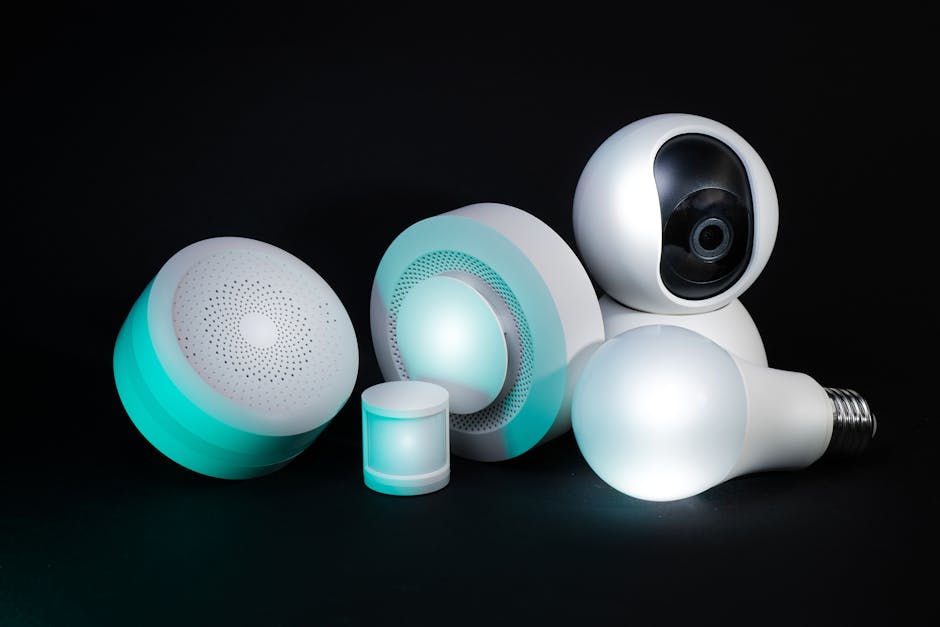Template Emailing: How to Automate Your Campaigns
In today’s fast-paced digital world, email marketing remains a powerful tool for businesses looking to connect with their audience. But manually sending each email can be time-consuming and inefficient. That’s where template emailing comes in! 🚀 In this blog post, we’ll explore how to streamline your email campaigns through automation, helping you save time while boosting engagement.
Table of Contents
1. Introduction to Template Emailing
2. Benefits of Automating Your Email Campaigns
3. How to Set Up an Automated Email Campaign
4. Best Practices for Email Templates
5. Conclusion
6. FAQ
Introduction to Template Emailing 📧
Email templates are pre-designed layouts that allow you to quickly and easily craft professional emails without starting from scratch each time. By automating these templates, you can send targeted, personalized messages to your audience, ensuring consistency and freeing up valuable time for other marketing efforts.
Benefits of Automating Your Email Campaigns 🌟
Automation isn’t just about saving time—it’s about enhancing your entire marketing strategy. Here’s how:
1. Increased Efficiency
With automation, you can set up a campaign once and let it run on autopilot. This means less time spent on repetitive tasks and more time focusing on strategic planning and analysis.
2. Improved Personalization
Automated campaigns can be tailored to individual subscriber preferences, leading to more relevant content and higher engagement rates. Personalization can range from using the recipient’s name to tailoring content based on past interactions.
3. Better Analytics
Track and analyze the performance of your email campaigns with ease. Automated systems provide detailed reports that help you understand what’s working and what isn’t, allowing for data-driven decisions.
4. Enhanced Customer Experience
By sending timely, relevant emails, you enhance the customer journey, making subscribers feel valued and understood. This can lead to increased loyalty and conversion rates.
How to Set Up an Automated Email Campaign 🔧
Getting started with automation might seem daunting, but with these simple steps, you’ll be on your way to crafting successful email campaigns:
1. Choose the Right Email Marketing Platform
Select a platform that offers robust automation features. Popular options include Mailchimp, Constant Contact, and HubSpot. Each has unique strengths, so consider your specific needs and budget.
2. Define Your Goals
What do you want to achieve with your email campaign? Whether it’s increasing sales, building brand awareness, or nurturing leads, having clear goals will guide your strategy.
3. Segment Your Audience
Divide your email list into segments based on criteria like demographics, behavior, or purchase history. This allows for more targeted messaging and improved results.
4. Design Your Email Templates
Create visually appealing templates that align with your brand. Ensure they’re mobile-friendly, as a significant portion of emails are opened on smartphones.
5. Set Up Automation Workflows
Use your platform’s automation features to create workflows. These are sequences of emails triggered by specific actions or time intervals, such as a welcome series for new subscribers or a follow-up after a purchase.
Best Practices for Email Templates 📝
To maximize the effectiveness of your automated campaigns, keep these best practices in mind:
1. Keep It Simple
Avoid cluttering your emails with too much information. A clear, concise message with a strong call-to-action is more effective.
2. Use Engaging Subject Lines
Your subject line is the first thing subscribers see. Make it compelling and relevant to encourage opens.
3. Test and Optimize
Perform A/B testing on different elements of your emails, such as subject lines, visuals, and calls to action, to see what resonates best with your audience.
4. Monitor Deliverability Rates
Ensure your emails reach your subscribers by regularly checking deliverability rates and cleaning your email list to remove inactive or incorrect addresses.
Conclusion 🎉
Automating your email campaigns through template emailing is not just a smart move—it’s essential for staying competitive in today’s digital landscape. By implementing the strategies and best practices outlined in this guide, you can enhance efficiency, personalization, and engagement, ultimately driving better results for your business. So why wait? Start automating your campaigns today and watch your marketing efforts soar!
FAQ 🤔
1. What is an email template?
An email template is a pre-designed email layout that you can use to quickly create professional messages without starting from scratch every time.
2. How does email automation work?
Email automation allows you to set up sequences of emails that are automatically sent based on specific triggers or schedules, saving time and improving efficiency.
3. Why is segmentation important in email marketing?
Segmentation helps you divide your audience into groups based on specific criteria, allowing for more personalized and targeted messaging, which can improve engagement and conversion rates.
4. How can I improve email deliverability?
To improve deliverability, regularly clean your email list, avoid spammy content, and ensure your emails are mobile-friendly and engaging.
5. What platforms are best for email automation?
Popular platforms for email automation include Mailchimp, Constant Contact, and HubSpot, each offering a range of features to support your marketing needs.
Eliminate Recurring Fees – Begin Your Free Trial Today
Stop paying $$$ to MailChimp & GetResponse Try MailCheetah for free. Pay once, no subscriptions.
